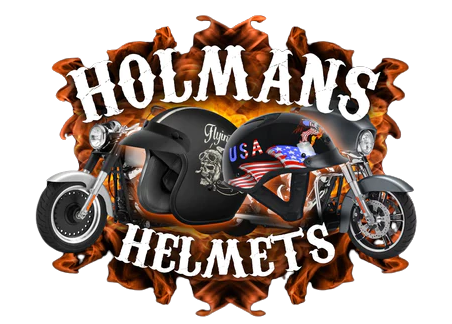Full Face Motorcycle Helmets: Essential Safety Features for Every Rider’s Protection.
Full Face Motorcycle Helmets: Safety Features Every Rider Needs
Riding a motorcycle can be an exhilarating experience, but it also comes with a significant level of risk. As a rider, it’s crucial to prioritize safety above all else, and one of the most important safety measures you can take is wearing a full face motorcycle helmet. Not only does it protect your head in the event of a crash, but it also shields your face from flying debris, wind, and other environmental elements. In this blog post, we’ll discuss the safety features that every rider needs to look for when choosing a full face motorcycle helmet.
1. Impact Protection: The primary function of a helmet is to protect your head in the event of a crash. Look for helmets that are made from strong and durable materials, such as fiberglass, carbon fiber, or polycarbonate. These materials provide excellent impact protection and are designed to absorb and distribute the force of an impact, reducing the risk of head injuries.
2. Full Coverage: A full face helmet provides maximum coverage, protecting not only your head but also your face, chin, and jaw. This design offers comprehensive protection in the event of a crash, reducing the risk of facial injuries and abrasions.
3. Visor: A high-quality visor is an essential feature of a full face helmet. Look for a visor that offers a wide field of vision, is scratch-resistant, and provides UV protection. Some helmets also come with anti-fog coatings to ensure clear visibility in all weather conditions.
4. Ventilation: Riding for extended periods can get hot and stuffy inside a helmet. Look for helmets with effective ventilation systems that allow for airflow to keep you cool and comfortable during long rides.
5. Secure Fit: A proper fit is crucial for the effectiveness of a helmet. Look for helmets with adjustable padding and straps to ensure a snug and secure fit. The helmet should sit comfortably on your head without being too tight or too loose.
6. Certification: When choosing a full face helmet, make sure it meets safety standards such as DOT (Department of Transportation) or ECE (Economic Commission for Europe) certification. These certifications indicate that the helmet has undergone rigorous testing and meets the necessary safety requirements.
7. Additional Safety Features: Some helmets come with extra safety features such as emergency quick-release systems, built-in communication devices, and reflective elements for increased visibility at night.
In conclusion, a full face motorcycle helmet is a crucial piece of safety gear that every rider should invest in. When choosing a helmet, prioritize safety features such as impact protection, full coverage, a high-quality visor, effective ventilation, a secure fit, and certifications. By prioritizing safety and choosing a helmet with the right features, riders can enjoy their passion for motorcycling while minimizing the risks associated with it.
Remember, the helmet you choose could potentially save your life, so make sure to invest in the best one you can afford. Safe riding!
